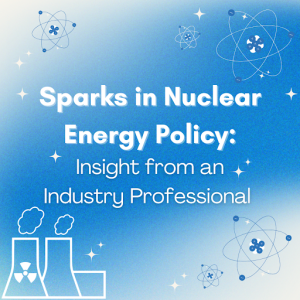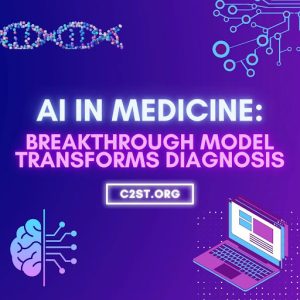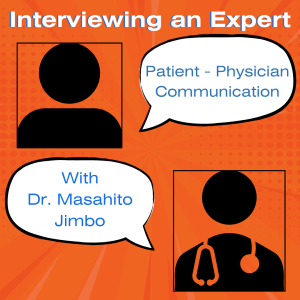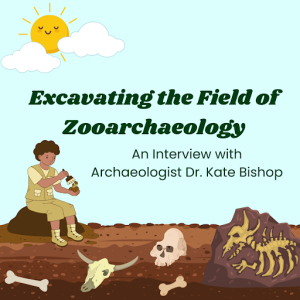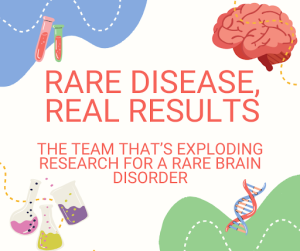By Frances Clinite, C2ST Intern, Loyola University
Over the past few years, a chain reaction of government support and policy in favor of nuclear energy has caused a shift in the industry. This November, President Biden released an ambitious declaration to triple the amount of nuclear energy produced by 2050, solidifying it as a vital clean energy source for the U.S. The declaration outlines plans to build new nuclear power plants, upgrade existing ones, and restart retired reactors. While the recent spark in nuclear energy is exciting, many people are still unsure about nuclear energy and its benefits.
I sat down with Kristin McCoskey, Senior Manager of Nuclear Fuels at Constellation, to gain insight into the nuclear energy industry and her career. She offers a glimpse into the future of nuclear energy she expects to see, highlighting the industry’s uniqueness and her oversight of a dedicated team of engineers.
Continue reading “Sparks in Nuclear Energy Policy: Insight from an Industry Professional”
By Ella Coley, C2ST Intern, Waubonsee Community College
Imagine walking into a medical office and receiving a diagnosis in minutes rather than days. Researchers and biologists at Washington State University (WSU) have developed a new artificial intelligence (AI) model that has proven to help make this possible. This “deep learning” AI model examines tissue samples and identifies signs of disease on a microscopic level. It can potentially increase the speed of upcoming disease-related research and improve efficiency in medical diagnosis. WSU’s research team found that the model is both faster and more accurate than manual examination done by humans.
Continue reading “AI in Medicine: Breakthrough Model Transforms Diagnosis”
By Rowan Dunbar, C2ST Intern, University of Illinois Chicago
Here’s the What, Why, and Where from my interview with Dr. Mashito Jimbo. Dr. Jimbo is an expert in patient-physician communication.
What
Dr. Jimbo focuses on decision aids, a tool used to bring patients and physicians to a mutual decision when more than one medical option is available. As part of the shared decision-making model, a physician will contribute their medical expertise, and a patient will contribute their lived experience to reach the best decision. The best decisions are options that the patient will follow through on!
Continue reading “An Interview with Dr. Masahito Jimbo, an expert in patient – physician communication”
By Zyara Morton, C2ST Intern, University of Illinois Urbana-Champaign
Humans and animals have had complex relationships with one another throughout history. From domestication to silly cat videos, these complex bonds have shifted in response to changes in society. Dr. Kate Bishop is an assistant professor and archaeologist at the University of Illinois Urbana-Champaign. Through her work, she studies these complex connections by drawing conclusions about the past through animal remains. I interviewed Dr. Bishop, and now we can dive deeper and ‘excavate’ the secrets behind her field of zooarchaeology.
Continue reading “Excavating the Field of Zooarchaeology: An Interview With Archaeologist Dr. Kate Bishop”
By Mackenzie Smith, C2ST Intern, Loyola University
Imagine your child is sick, and no amount of doctor visits provides a satisfying answer as to what they are facing. Before 2016, this was the case for families affected by a rare disease known as Okur-Chung neurodevelopmental syndrome, or OCNDS. This all changed when researchers discovered mutations in the gene “CSNK2A1.” These mutations cause what is now known as OCNDS. I sat down with the Chief Scientific Officer of the CSNK2A1 foundation, Dr. Gabrielle Rushing, to reflect on this earth-shattering finding now that nearly a decade has passed. Together we discussed the important question: When a rare mutation is found, what are the next steps to make meaningful changes in the lives of patients?
